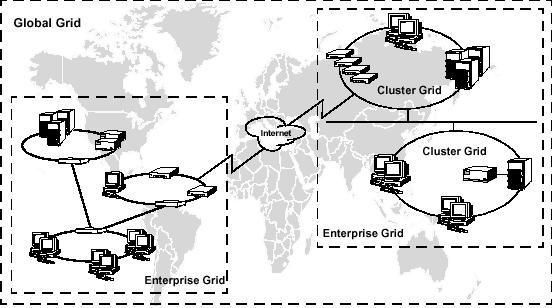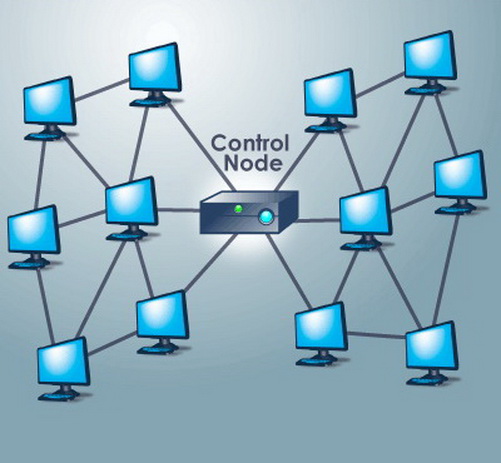Voice over Internet Protocol known as VoIP is a relatively new technology whose transmission is based on Packet Switched Networks. It allows making voice calls over the internet broadband connections instead of the using conventional PSTN landlines. It allows calling on another computer and as well as other telephone numbers and mobiles. It therefore provides all the services like a telephone with the addition of some other facilities due to the internet media.
VoIP services can be seen as the commercial realization of the Network Voice Protocol which came into being in 1973. VoIP services are increasing at an exponential rate due to the low cost calls.… Read the rest



